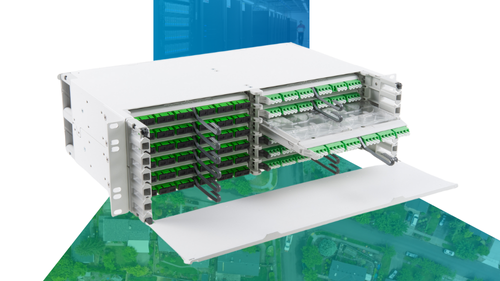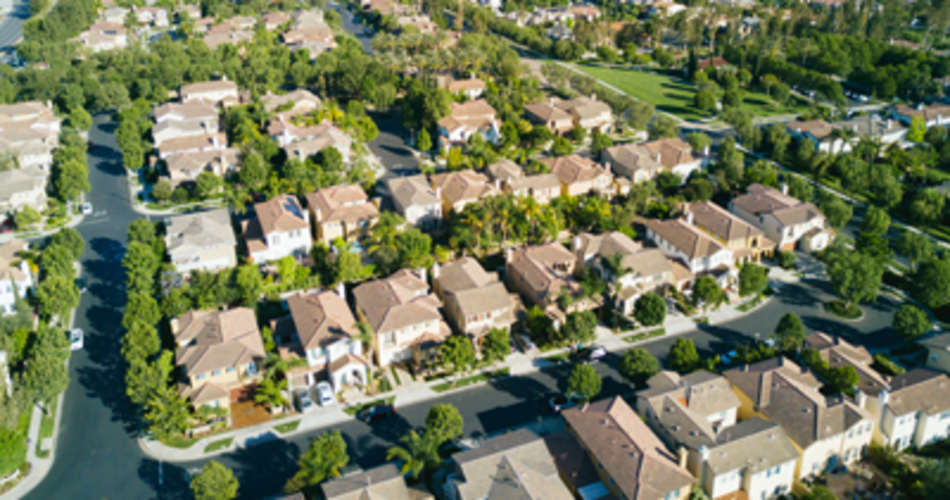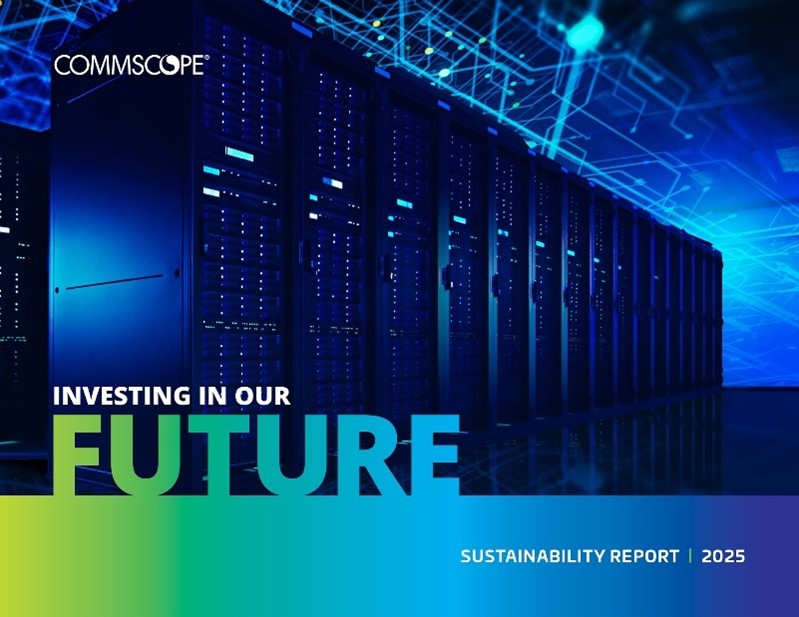It’s not just about faster speeds anymore. We’re now in an era where ultra-reliable, low-latency, sustainable and always-on connectivity is no longer a luxury—it’s a necessity. Our digital lives, smart cities, industrial systems and critical infrastructure all depend on networks that are built for the future.
A new digital landscape: More than just bandwidth
Bandwidth consumption has skyrocketed, but that’s only part of the story. The rise of AI, IoT and real-time applications spanning an amazing array of uses (from video conferencing to online gaming to remote surgery) has made latency and jitter key performance indicators. A network’s speed is important, but if latency is high or performance fluctuates, the user experience breaks down.
As we look ahead, the rate of change will only increase. Service providers will need to design, build and support a growing number of connected devices, edge computing, autonomous vehicles, remote diagnostics and technologies we haven’t even imagined yet.
Fiber: The foundation of the future
Fiber is currently the optimal, commercially-available medium that checks every box for long-term network performance, offering:
- Virtually unlimited bandwidth
- Exceptionally low latency
- Reduced operational costs
- Long-term sustainability
Designed for decades of evolving performance
Unlike other technologies, the bandwidth of optical fiber is essentially limitless. Some modern transit networks are already transmitting multiple terabits per second—well beyond what any current application requires. The only limitation lays in the electronics at either end, which can be upgraded as passive optical network (PON) standards evolve. For this reason, the annual deployment of fiber-to-the-home (FTTH) in the United States is expected to be at apex for the next five years, with a forecast of $167 billion of CapEx spent through 2029, according to a recent RVA, LLC Research and Consulting report.
A truly future-ready network isn’t just about fiber—it’s about using the right equipment. Network elements must be designed to withstand harsh environments for decades. Many of CommScope’s complete, end-to-end FTTH solutions, for example, have been deployed for 50 years and are still performing reliably today.
Smarter fiber management
Networks aren’t static—they grow, evolve and adapt. As new homes and developments are built, flexible and scalable products are essential. Proper fiber management and storage enable expansions and changes without disruption, saving both time and cost for service providers.
Backward compatibility is equally important. As newer, more compact and higher-capacity technologies are introduced, older infrastructure must still be supported. CommScope’s Prodigy® hardened connector is a great example—designed to work as a standalone solution today, while also offering converters for smooth integration into legacy brownfield deployments.
Conclusion: Fiber is the only choice for the future
If you’re planning a network that can grow with the next wave of technological innovation—AI, quantum computing, edge networks and beyond—fiber is the answer and CommScope is the right partner. This short video shows how CommScope understands both the technological and business sides of broadband networks, and you can learn more about CommScope’s comprehensive fiber portfolios here.
© 2025 CommScope, LLC. All rights reserved. CommScope and the CommScope logo are registered trademarks of CommScope and/or its affiliates in the U.S. and other countries. For additional trademark information see https://www.commscope.com/trademarks. All product names, trademarks and registered trademarks are property of their respective owners.














